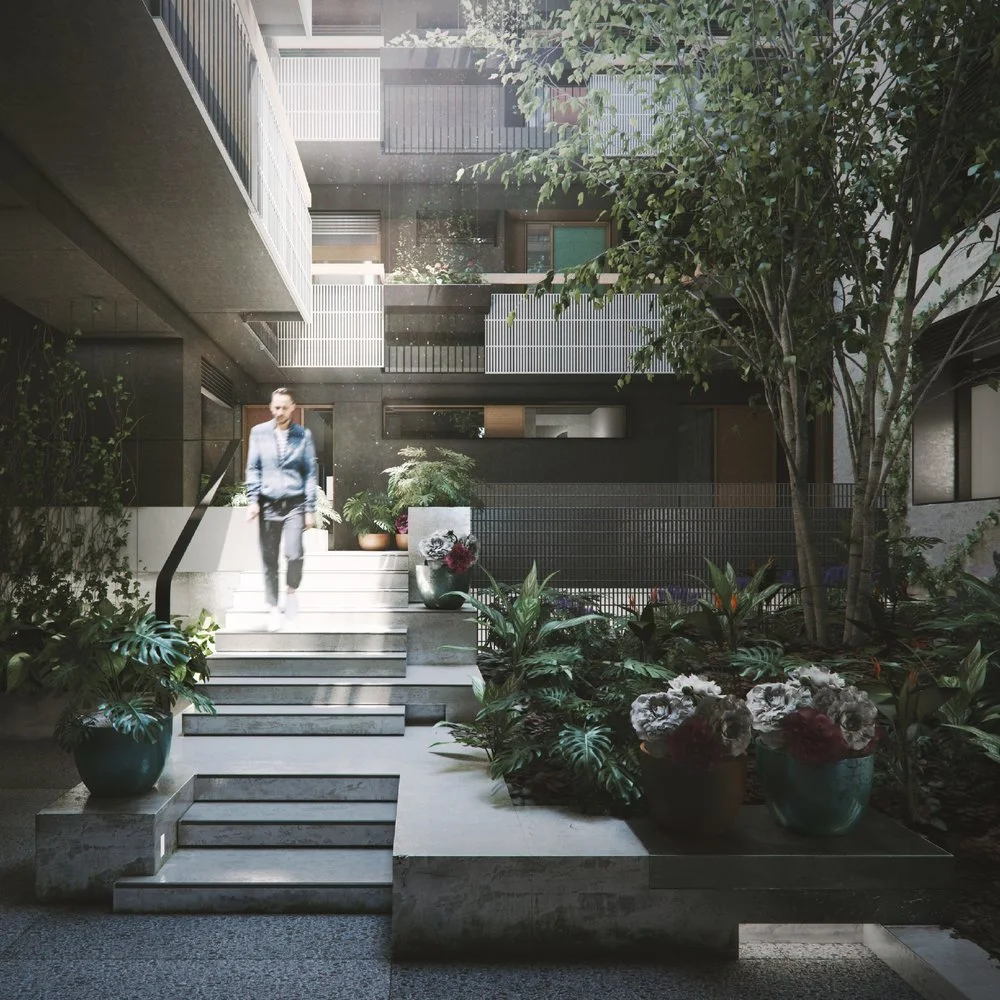The deposit-less nation
Becoming a home owner is a huge milestone in a person’s life – and the experience should be a happy one. Unfortunately, in this day and age, it’s an intimidating journey to embark on – and all too often, home ownership gets pushed into the 'too hard basket'.
In the first home buyer sector – which is begging for a shake-up – the biggest obstacle I can see is the conundrum of a 'deposit-less nation'. With soaring house prices and increasingly tight lending criteria, how do we support, encourage and enable first home buyers to take the leap of faith and get a foot on the property ladder – especially when the cost of living is so high?
Owning a home shouldn't be something for the privileged few. There are many candidates who are perfectly capable of servicing a mortgage – but just aren't able to apply for one without the large, up-front lump deposit sum required. How do we open up the great Australian dream to them?
Currently, the NSW government has a lot to answer for – particularly with regard to their lack of meaningful processes to address the affordable housing issue. How do we convince them to action subsidies, incentives and initiatives to empower first home buyers, and ensure that we don't push home ownership out of contention for future generations? What can socially-conscious developers do to help offer affordable homes to hard-working people?
I have been heartened to find a handful of models that are making a meaningful impact on homeownership enablement – and while the first two are Victoria-based practices, all three show what’s possible, and perhaps provide food for thought for those in NSW.
Here’s an overview of what they’re doing differently, and why it’s working.
The Assemble model is a new, more accessible pathway to home ownership
The Assemble model is a new, more accessible pathway to home ownership – bridging the gap between renting and owning a home. It’s a response to the very real challenge of housing affordability and quality in Melbourne.
Assemble is an end-to-end property development and management company with a close, long-term relationship with each community they help build. Their idea is simple: Assemble and the buyer agree on the rent and purchase price of a home, the buyer starts saving during the build, then lives in the home for five years before they decide to buy.
Before Assemble start building, their buyer secures a 5-year lease with the opportunity to buy their home at the end of the lease, by paying a 3-month rental bond.
The home’s purchase price is agreed up front and is calculated at the current market price with fixed 1.75% increases per year, until the buyer acquires it approximately 7 years later (i.e. 2 years of building and 5 years of leasing). This means buyers gets a foothold in tomorrow’s housing market today, cushioning them from any rapid price increases.
Once the build is complete, the buyer moves in. The 5-year lease means buyers have time to save, plan and get to know their home, their neighbours and their community, before they commit to buy.
After 5 years, of living ‘try-before-you-buy’ style, the buyer can decide to take the plunge to buy. The 3-month rental bond is returned and can be used to put towards the home’s purchase price. Any increase in market value above the home’s purchase price is to the buyers benefit.
Nightingale Housing is on a mission to deliver multi-residential city housing that is environmentally sustainable, financially affordable and socially inclusive.
Nightingale Housing is on a mission to deliver multi-residential city housing that is environmentally sustainable, financially affordable and socially inclusive. They aim to positively impact the urban environment, and promote better health and well-being outcomes. They asked themselves – 'How can we build a well-designed, community-led building for owner-occupiers, not investors?' The solution was to change the financial model behind developments, including using equity investors to raise funds and placing a cap on profits so that there were no corners cut in the build itself.
BuyAssist (on behalf of Investors) supports the purchase of approved new properties for eligible home buyers. The financial support arranged by BuyAssist helps cover your deposit and help you buy a home sooner.
For eligible buyers, BuyAssist provides a selection of approved new properties for purchase. BuyAssist Investors support the purchase and BuyAssist helps arrange the balance of the funds.
The balance of the purchase price is funded with a traditional home loan from a bank that understands the BuyAssist program. Normal bank lending criteria applies — and buyers need to be able to afford the bank loan repayments and have a good credit history. The buyer becomes the sole owner of the property.
The financial support amount eventually gets repaid in the future when the buyer sells the property, payout your first mortgage or chooses to refinance with a standard loan.
With these three examples in mind, I’d encourage all developers to start thinking harder about first home buyers, and asking what can be done to give them entry into this housing market. After all, isn’t our country all about giving everyone a fair go?
Written by Lara Allport
(with special thanks to Emma Heath from Nuance Communications for assistance)


